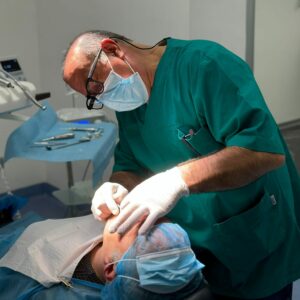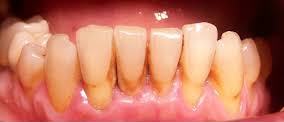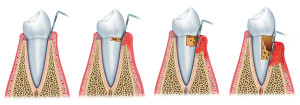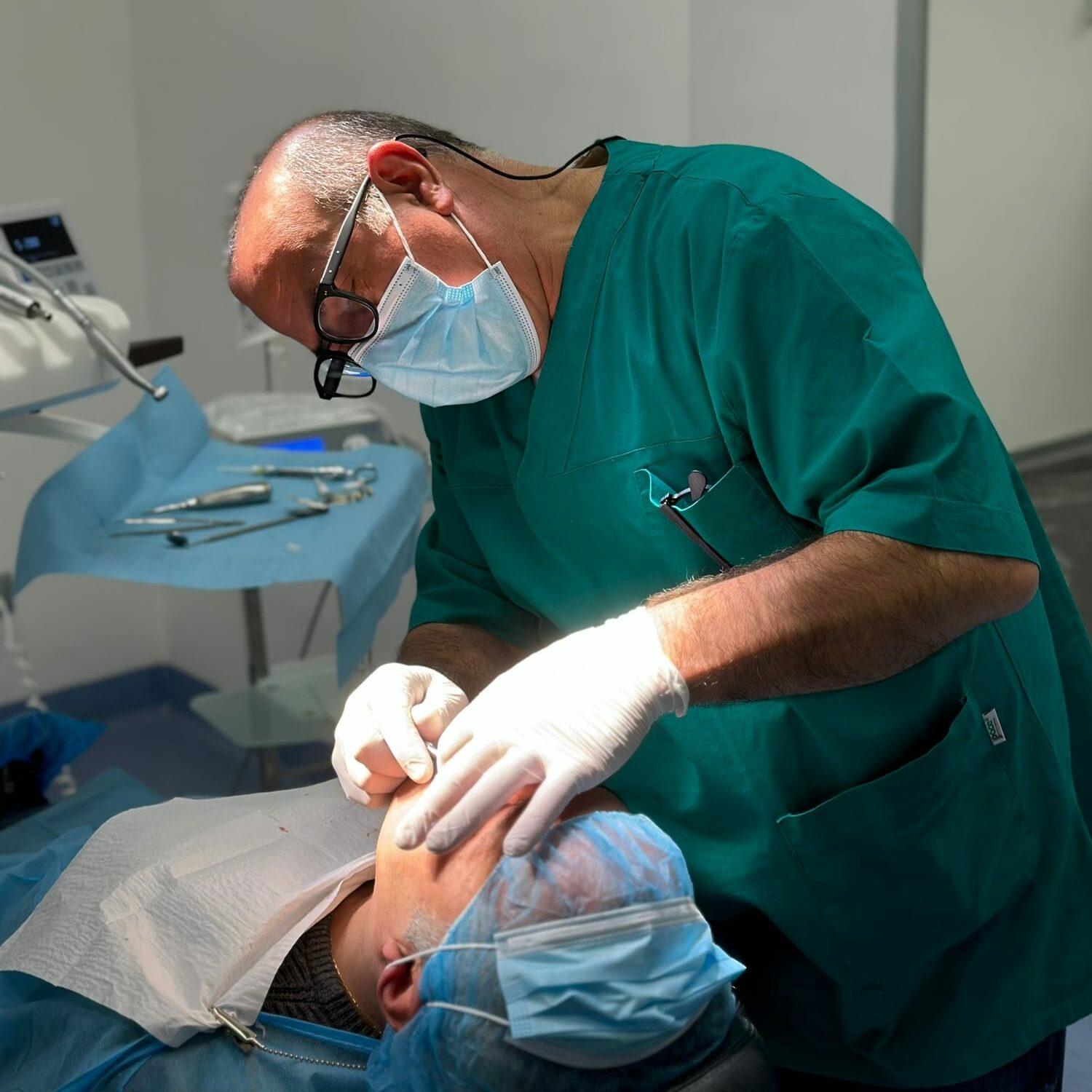The state of oral health can affect the quality of life of patients, for example a problem with the periodontium can have a negative impact on the patient’s life because it can cause difficulty in chewing and an alteration of phonation functions, with difficulty in speaking.
State of oral health: periodontitis

Periodontal disease can present itself, in its first stage, with very mild symptoms and therefore patients are not always able to notice it.
However, even in these cases, there are alterations in the state of oral health that can generate persistent discomfort such as:
- halitosis;
- pain when chewing;
- slight bleeding of the gums.
With the worsening of periodontitis, the state of oral health also worsens, giving rise to more serious problems such as:
- mobility of the teeth;
- persistent gum bleeding.
The state of oral health also conditions psychological well-being, because the discomfort and therefore the difficulty of relating to others are immediately perceived, as well as the frustration of not being able to eat the hardest foods, such as meat for example.
Recognize the symptoms of oral diseases
There are pathologies such as:
- periodontitis;
- hypersensitivity of the teeth;
- wear of the enamel;
whose symptoms can be recognized by the patient himself: the awareness of having an oral health problem can determine the search for specific help and therefore a treatment, thus avoiding worsening the situation.
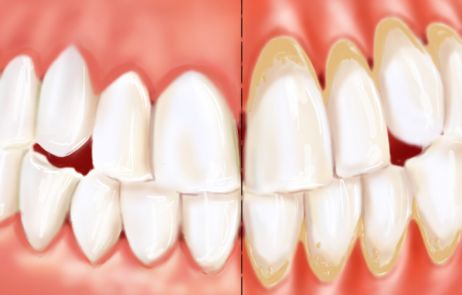
Recognizing the symptoms in the initial phase allows you to access therapies earlier, obtain more effective results from them, which is why it is so important to monitor the state of oral health.
Awareness of the state of oral health
A recent study published in the British Dental Journal examines the awareness of oral health status of a sample of patients from the national health system in South West England.
The research has tried to determine awareness with respect to some pathologies in particular:
- hypersensitivity of dentin;
- tooth wear;
- periodontal health.
The sample consisted of 814 adult patients, who were given a questionnaire with some questions related to oral health, then the patients underwent a clinical visit.
During the dental examination the following information was collected:
- presence of gingival recessions;
- periodontal probing;
- gum bleeding;
- tooth wear;
- hypersensitivity of dentin.
Results on the state of dental health and patient awareness

The questionnaire revealed that the patients involved in the research frequently planned dental visits and followed good oral hygiene practices.
From the clinical visit a low presence of periodontal disease emerged, the patients proved to be more aware of the presence of dental hypersensitivity, while they were less aware of the wear of the teeth.
Precisely on dental wear has emerged the need to provide patients with more information for greater awareness. In fact, many were not aware of the fact that the wear of dental enamel can also have consequences in terms of posture, with consequent back pain.





